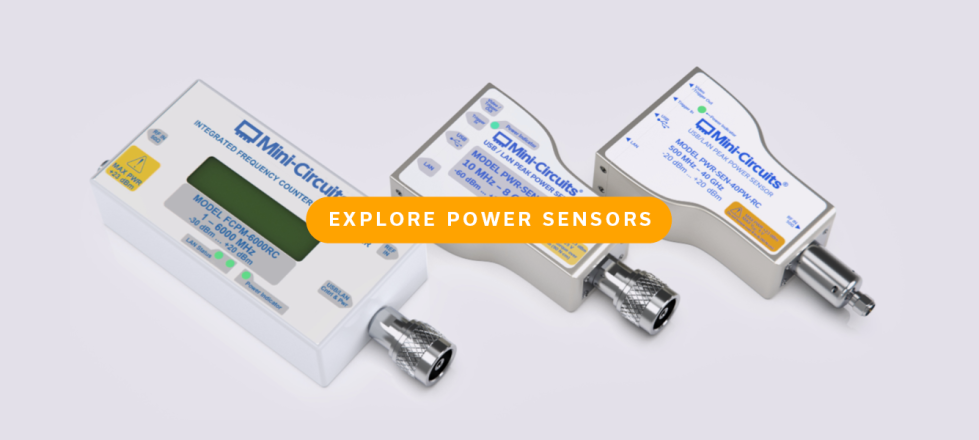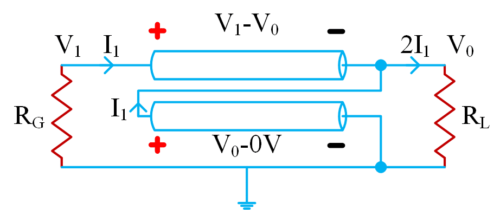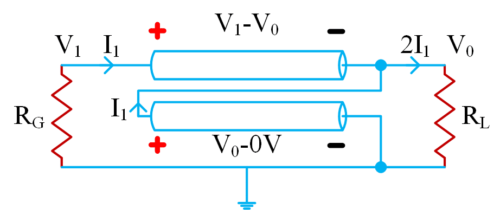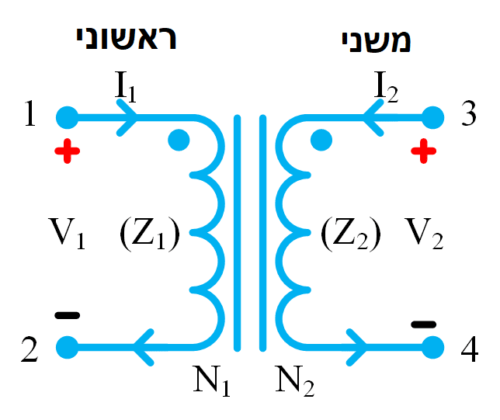Measuring Wideband RF Signals with Power Sensors Fundamentals
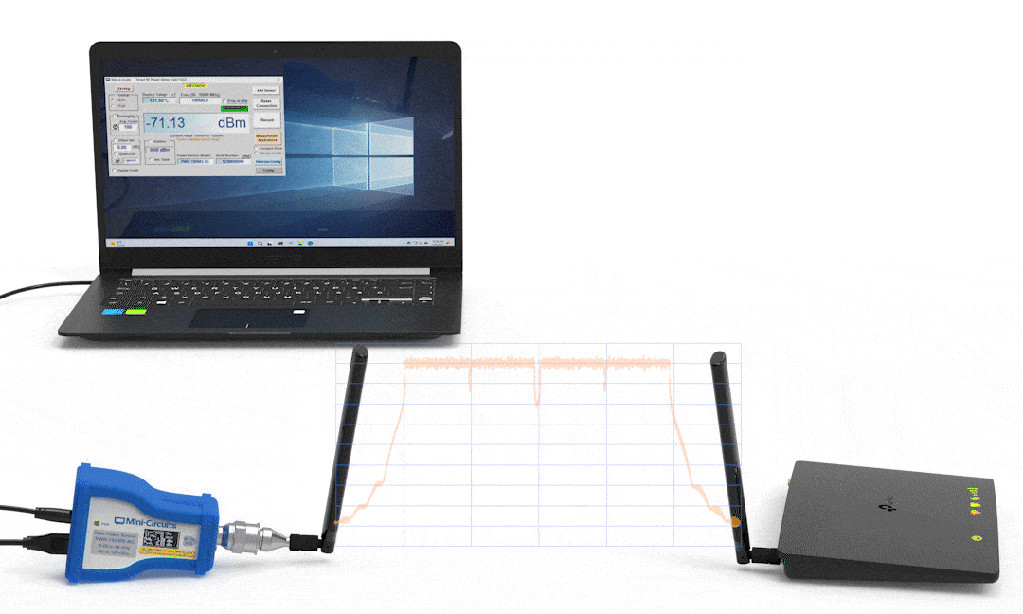
Modern Wideband RF Waveforms
The ongoing drive to transmit and receive more information wirelessly in a given bandwidth forces modern RF systems to continually increase their spectral efficiency. Some of the earliest commercial wireless systems from several decades ago utilized channel bandwidths of a just few kHz. With more and more pressure being placed on wireless systems, everything from Bluetooth headsets to aviation infrastructure to self-driving cars require wider bandwidths to achieve the required data throughput, with signal bandwidths approaching 1 GHz or more.
In aerospace/defense applications, wider RF signal bandwidths not only provide more capacity for voice and data, but their wider bandwidths also make jamming and countermeasures more difficult. One popular technique is spread spectrum, a technique in which a wide bandwidth signal is created that operates well in a noisy environment. Spread spectrum was originally adopted by the cellular industry as traditional 2G Code Division Multiple Access (IS-95 CDMA, for example) and evolved to 3G W-CDMA, with signal bandwidths approaching 5 MHz per channel.
Increasing the RF system bandwidth is one way to accommodate larger amounts of data throughput. Various modulation techniques, encoding and frequency and time division multiplexing are a few ways in which increases in spectral efficiency can be achieved. Invariably, wider bandwidths are implemented as part of an overall strategy to transmit and receive more information. Accurately measuring the power of wideband RF signals ensures efficient power usage as well as high signal quality.
The Drive Towards Wider Bandwidths
Table 1 shows the major milestones in the evolution of Wi-Fi. Wi-Fi is a wireless system utilizing OFDM (Orthogonal Frequency Division Multiplexing) with packet-switched data that is rapidly replacing hard-wired ethernet for PC communications. Typical RF transmitted power for Wi-Fi is less than +30 dBm and Wi-Fi receiver sensitivity approaches -100 dBm across its frequency range of operation.
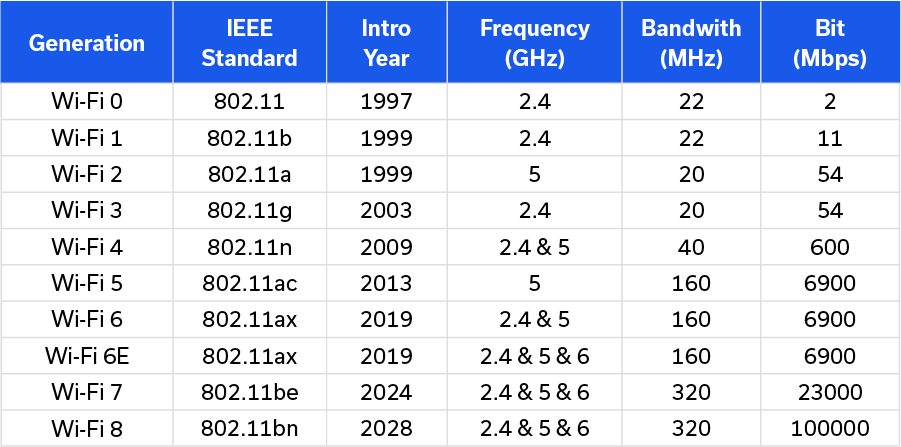
Bluetooth is another modern wideband RF system that is popular for short range RF communications. While Bluetooth signals are not as broad as Wi-Fi signals, Table 2 outlines their generational evolution with respect to past and current Bluetooth standards.
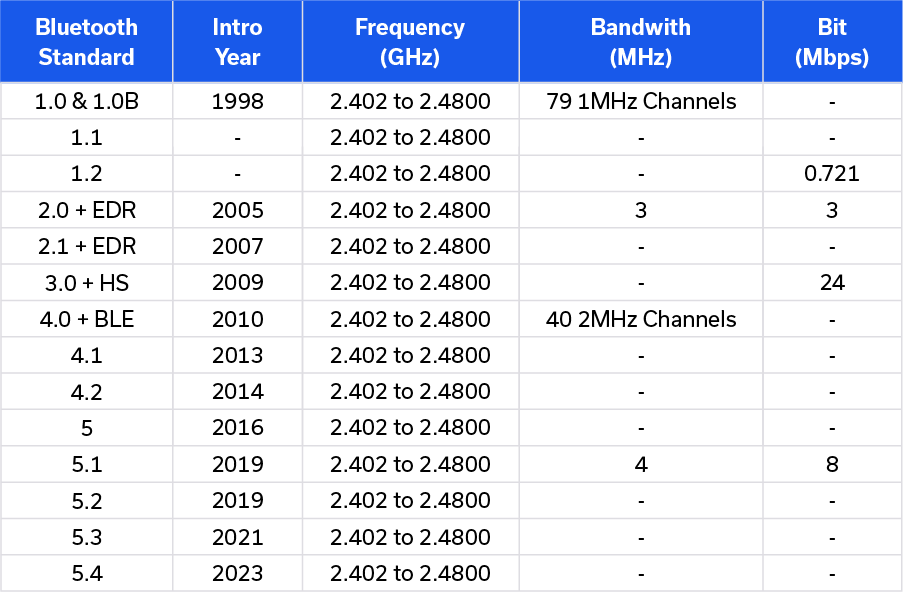
RF power measurement of these increasingly wide bandwidth and complex signals is a challenge. As an example of how challenging these measurements can be, Wi-Fi RF power ranges from +30 dBm to -100 dBm across a bandwidth of more than 320 MHz. Popular RF instruments such as spectrum analyzers, network analyzers and vector signal analyzers are narrow band by nature and require extra manipulation to measure broadband power. Furthermore, these test instruments are generally quite expensive, significantly increasing the cost of performing RF power measurements.
A Cost Effective, Accurate Solution for Measuring Wideband RF Power
Unlike spectrum and network analyzers, USB- and Ethernet-controlled power sensors are economical, small, and easily portable instruments that are capable of measuring broadband RF signals with excellent accuracy.
Mini-Circuits’ PWR-9RMS-RC and PWR-9PWHS-RC are a pair of high-performance power sensors well-suited to the measurement demands posed by modern, wideband communications systems. Both models operate up to 9 GHz to cover most modern communications bands including the full 5G FR1 and Wi-Fi 6E ranges. An input dynamic range extending to -60 dBm ensures that even the lowest level signals are captured. Both models come with USB and Ethernet control options and full software support, allowing measurements to be taken utilizing the user-friendly, interactive GUI software or performed automatically in any modern programming environment including Python and LabVIEW.
A pair of power sensors that are form and fit representative of the PWR-9RMS-RC and PWR-9PWHS-RC is shown in Figure 1.
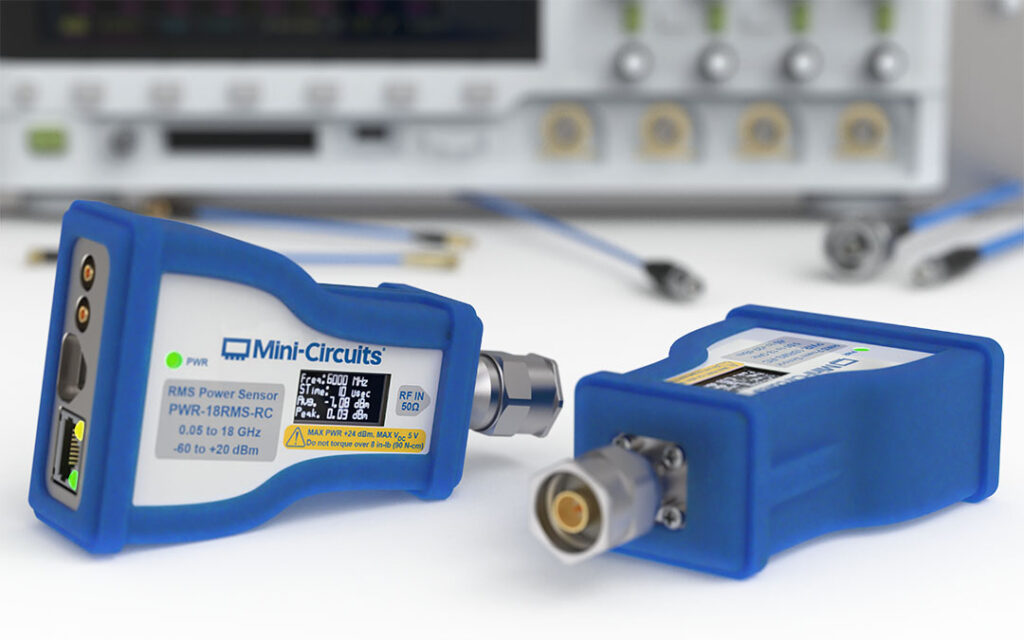
PWR-9RMS-RC
RMS sensors provide the widest possible measurement bandwidth. PWR-9RMS-RC is a cost-effective RMS sensor capable of accurately measuring the RMS (sometimes referred to as “average”) power of the widest band Wi-Fi signals over time.
PWR-9PWHS-RC
Peak power sensors go a step further than RMS sensors in allowing measurement of the average and peak power levels of a signal, calculation of statistical properties, and tracing the modulation profile on screen for further analysis. The trade-off for this additional detail is a limited video bandwidth compared to RMS sensors. PWR-9PWHS-RC is an exceptionally fast sampling power sensor with video bandwidth of up to 30 MHz. In practice, and depending upon the test application, 30 MHz can be sufficient video bandwidth for accurate analysis of a wide range of modern communications. Nevertheless, where exceptionally wide bandwidth signals need to be measured, an RMS sensor may be the appropriate choice.
A Sensor of Relief
RF power remains a key parameter that needs to be accurately measured across many types of signals. Broadband RF signals present a special challenge because most common RF instruments are narrowband in nature. One cost-effective, accurate solution for measuring broadband RF power is Mini-Circuits’ line of USB- and Ethernet-controlled power sensors. Broadband RF power applications from radar to Bluetooth to satellite communications, and more, can be addressed with Mini-Circuits’ power sensors.


